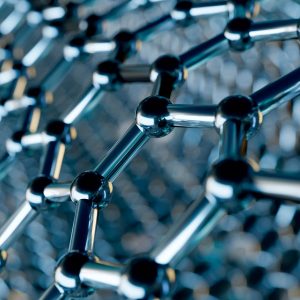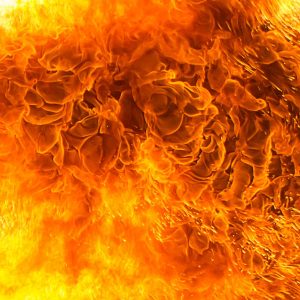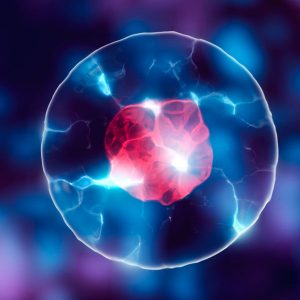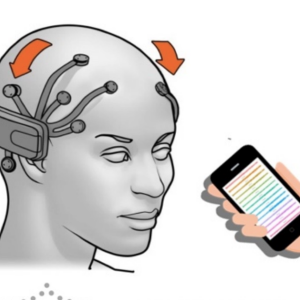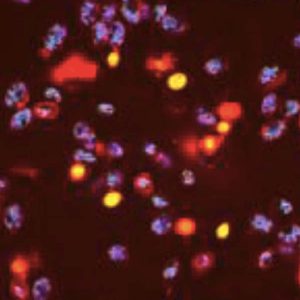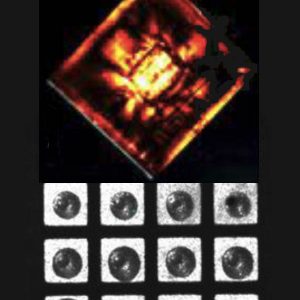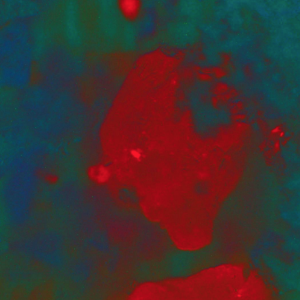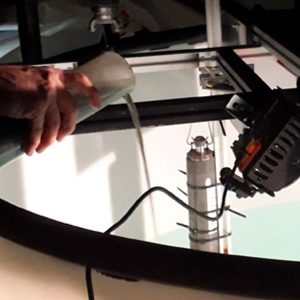Detection of ultraviolet (UV) light with high single-photon efficiency is required in many fields, from dark matter experiments to astronomical surveys, and even air pollution monitoring. Traditional detection techniques are based on the use of photo-multiplier tubes, which have typical single-photon efficiency of 20-25% for wavelengths λ < 300 nm, and are susceptible to thermal...
This website uses cookies so that we can provide you with the best user experience possible. Cookie information is stored in your browser and performs functions such as recognising you when you return to our website and helping our team to understand which sections of the website you find most interesting and useful.

